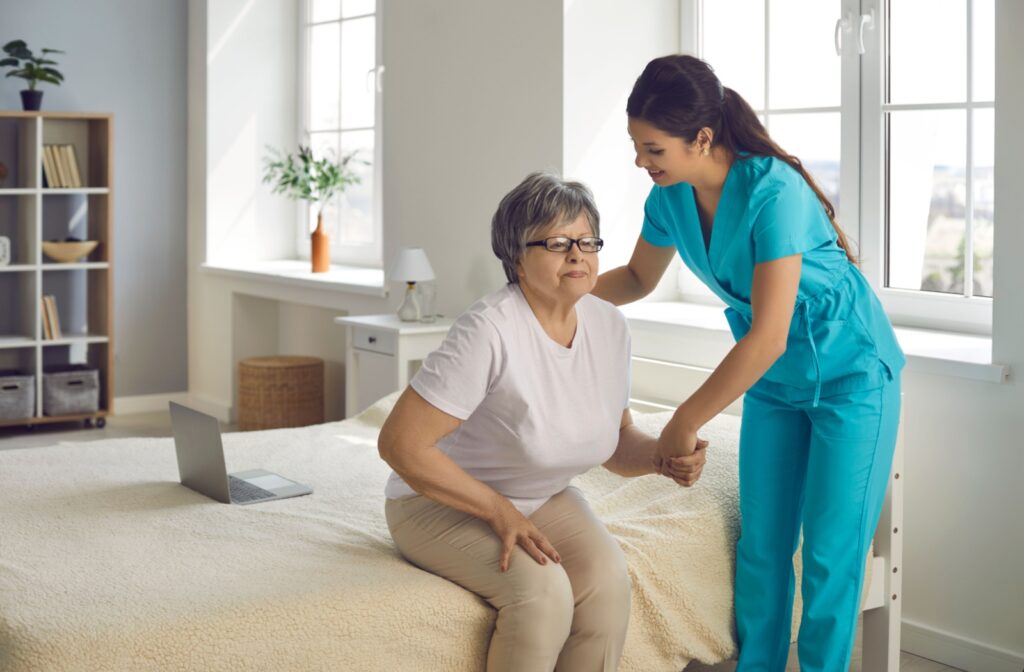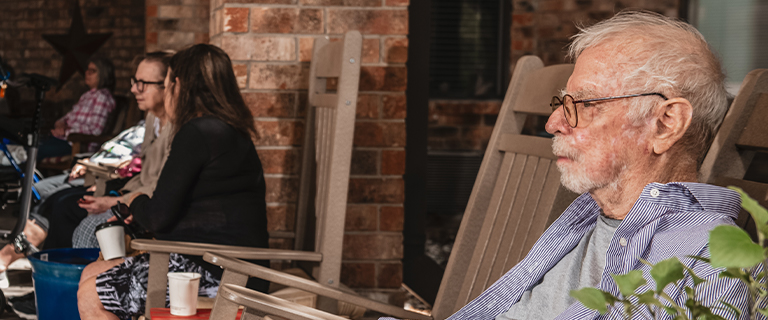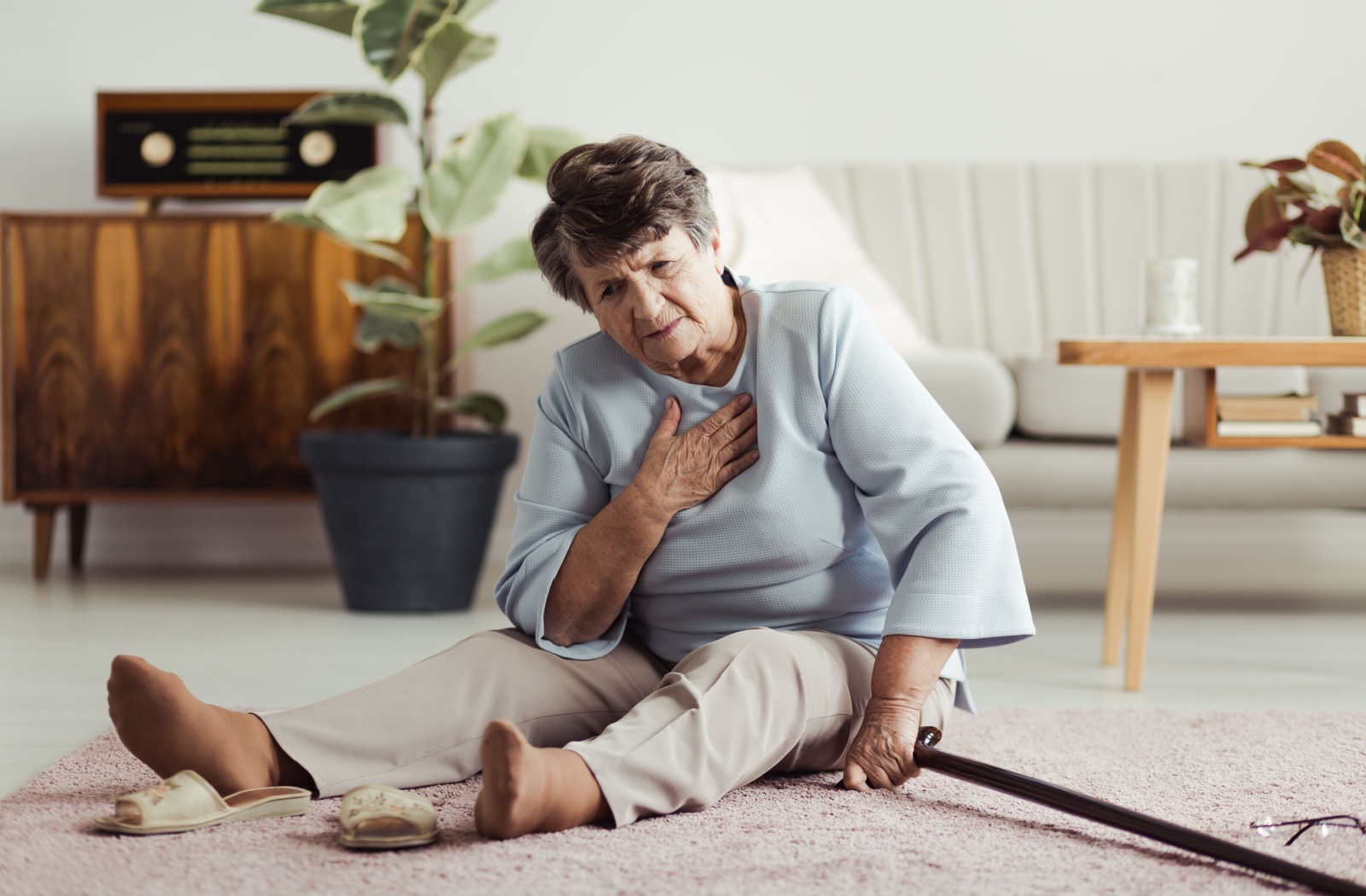Keeping our older loved ones safe is part of preserving their quality of life. However, many older adults are at a higher risk of falls. To help your loved one maintain their independence and lifestyle, it’s helpful to understand what could be putting them at risk. So what could cause a senior to fall?
Older adults often fall due to a combination of medical conditions, environmental hazards, and a lack of proper support measures. Whether it’s a slippery floor, a loss of balance, or an unseen health condition, falls can have a major impact on their health and independence. Understanding these factors is the first step in preventing them.
Common Causes of Falls in Seniors
Age naturally poses a unique mix of challenges. Sometimes, these are simple, but they can also sometimes be complicated. Think of the factors affecting your loved one’s daily life so you can begin addressing them one by one.
Medical Causes of Falls
Certain health conditions can increase a senior’s risk of falling. The cause could be as simple as reduced strength or flexibility, or a result of conditions such as:
- Poor vision
- Inner ear problems
- Neuropathy in the feet
- Side effects of medications
- Urinary tract infections (UTIs)
Urinary tract infections (UTIs) are a common but often overlooked cause of falls in older adults. Unlike younger individuals, seniors may not exhibit typical UTI symptoms like burning during urination. Instead, they might experience confusion, dizziness, or balance issues, which can significantly increase the risk of falls.
Vision and hearing changes further complicate matters. Limited visibility or trouble detecting environmental sounds might make a small hazard, like uneven flooring, go unnoticed.
Environmental Causes of Falls
Home environments can pose several risks that you and your loved one might not even be aware of. For instance, cluttered pathways and poorly lit hallways are hazards that many seniors face daily. Dark spaces, in particular, make it difficult to see obstacles.
The absence of safety features often leads to troubling scenarios. Bathrooms without grab bars, stairs without railings, or slippery area rugs all raise the likelihood of falls.
Slick, smooth surfaces, such as tiled kitchen floors or polished wood, can quickly become hazardous. Even transitions between flooring types, like carpet to tile, can create tripping risks. Take a look at your loved one’s living space, and look for obvious signs of hazards.
Lifestyle & Behavioral Factors
Behavioral factors, like limited physical activity, may also contribute to falls. A lack of regular exercise weakens muscles and reduces balance, raising a person’s risk of stumbling or falling.
Seniors may also engage in risky habits. Rushing while carrying heavy items, climbing on furniture, or neglecting to use mobility aids can all lead to preventable falls.
It’s important to remind your loved one to be careful, even when they think they’re safe. Falls can be problematic for the long-term health of older adults, and they often have long-lasting effects.
Tips for Preventing Falls in Seniors
Preventing falls involves a mix of small changes. Together, they add up to create a safer and more secure environment for your loved one.
At-Home Changes
First, take a look at your loved one’s home. Make small modifications to remove hazards and promote a safer everyday life. Some simple changes include:
- Removing loose rugs or securing them with non-slip backing
- Installing grab bars in the bathroom and near stairs
- Improving lighting in hallways, staircases, and commonly used rooms
- Keeping frequently used items within easy reach to avoid the need for climbing
- Ensuring clear walking paths by decluttering floors and removing obstacles
Rearranging furniture may also help. Keeping essentials within reach helps seniors avoid overreaching or moving unsafely.
Mobility Aids
Investing in the right mobility aids can increase stability. Walkers, canes, and rollators can all greatly reduce fall risks. They restore independence to everyday life.
The key is identifying the right tool for their needs. It helps to work with a healthcare professional or physical therapist here. They can narrow down your options to find an aid that works for your loved one’s unique needs.

Regular Health Check-Ups
Staying on top of physical health is essential. A healthcare professional can check your loved one’s hearing, sight, and overall well-being—and give them corrective tools and personal advice when needed.
It helps to review medications during these checkups. Sometimes, certain medications can react with one another, leading to a higher risk of falls. By cycling such medications out or replacing them with safe alternatives, you can help your loved one stay safer.
Staying Physically Active
Encouraging seniors to keep moving can work wonders. Balance exercises can make all the difference—they help your loved one build a foundation to stay upright.
Some common options include:
- Tai Chi
- Yoga
- Walking
- Standing leg lifts
- Chair exercises
Consistency is key. Daily movement builds better muscle memory, which reduces strain and lowers risks over time. It also helps to maintain healthy joints, which makes independence easier.
How Senior Living Brings Security to Everyday Life
For many families, moving a loved one to a senior living community adds significant peace of mind. Communities like ours here at Parsons House Austin are specifically designed to provide safety and comfort in everyday life.In our community, we work hard to make sure your loved one is surrounded by loving, experienced caregivers. We’re happy to support residents in their everyday lives—it’s what makes our community so special. Contact us today and schedule a tour to see for yourself!



